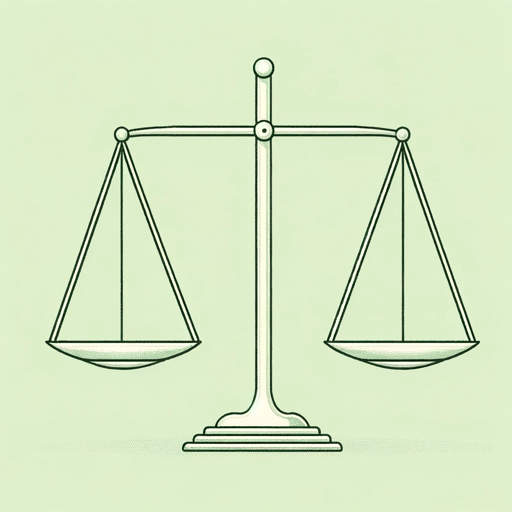60 pages • 2 hours read
Richard H. ThalerMisbehaving
Nonfiction | Book | Adult | Published in 2016A modern alternative to SparkNotes and CliffsNotes, SuperSummary offers high-quality Study Guides with detailed chapter summaries and analysis of major themes, characters, and more.
Background
Historical Context: The Evolution of Economic Thought
Understanding Misbehaving: The Making of Behavioral Economics requires a grasp of the historical progression of economic ideology, a backdrop from which Thaler’s scholarship emerges and to which it responds. Traditionally, economic theory revolved around the notion of “rational actors”—individuals who make choices solely based on logical evaluations of their economic self-interest. This idea, originating with Adam Smith’s “invisible hand” in the 18th century, underwent evolution through diverse economic schools, encompassing classical, neoclassical, and Keynesian economics.
The 20th century, however, marked increasing doubt regarding this framework, particularly with the rise of cognitive psychology in the 1950s and 1960s. This field began unveiling the intricacies of human decision-making processes. Behavioral economics, the domain in which Thaler’s contributions are notably prominent, surfaced as a counterpoint to these traditional models. It aims to meld psychological observations into economic theories, contesting the rational actor concept with tangible demonstrations of human irrationality, predispositions, and mental shortcuts.
Acknowledging this historical context is essential to valuing Thaler’s endeavors. His work, as depicted in Misbehaving, signifies a marked deviation from classical economic doctrines, representing a shift in the discipline toward an understanding of human behavior that is both more nuanced and accurate.
Related Titles
By Richard H. Thaler


